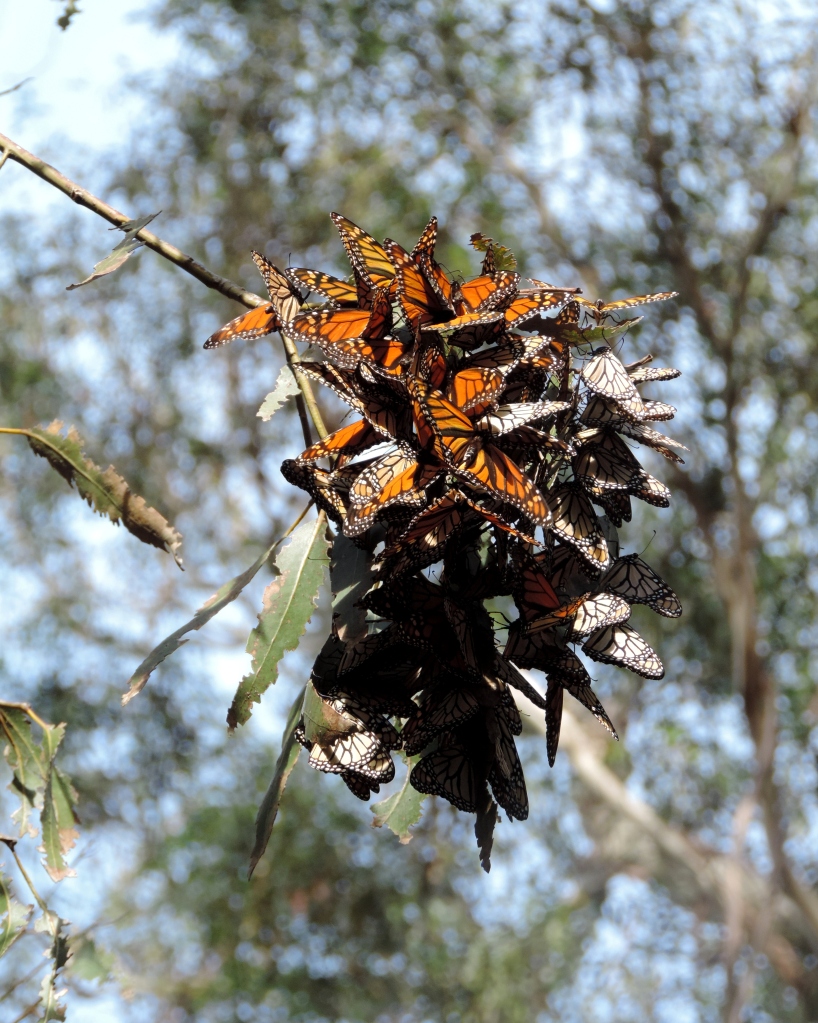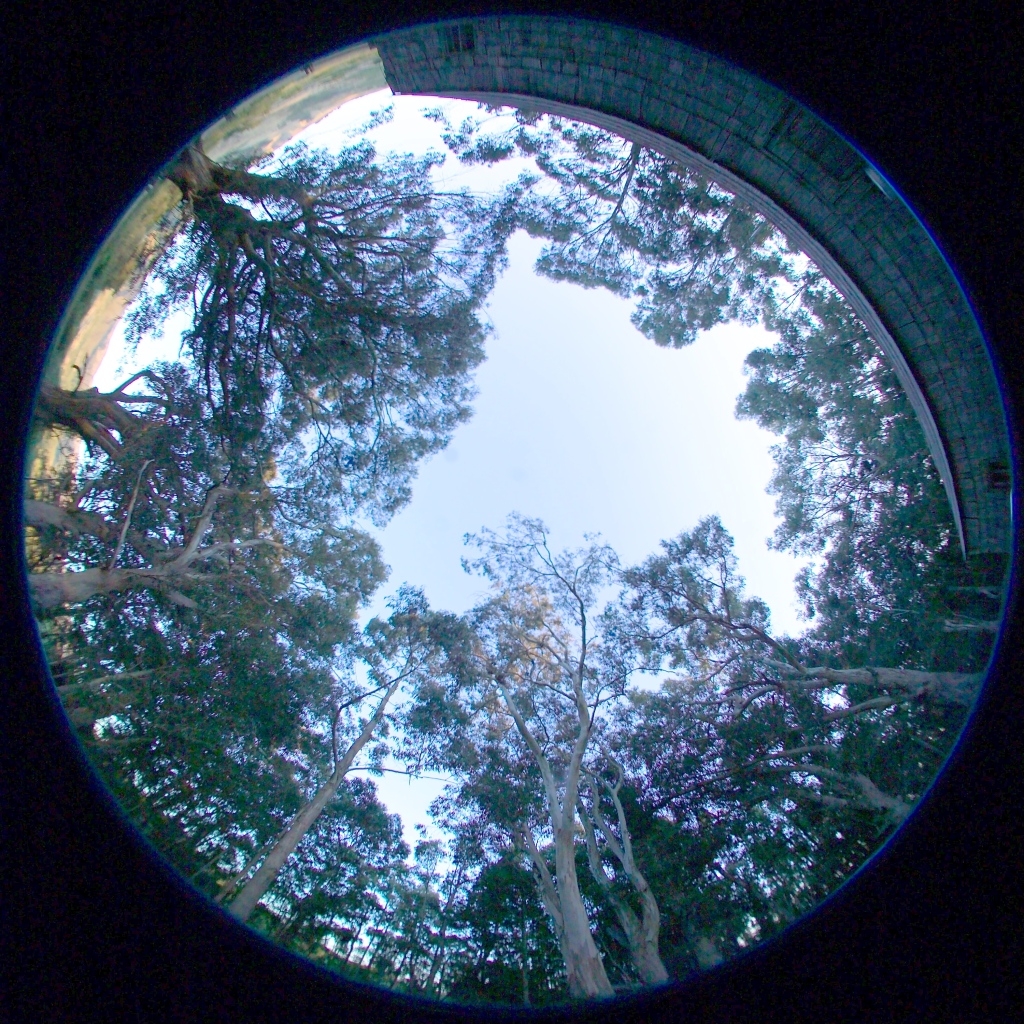Monarch Winter Habitat Assessment

Goal: Conserve the long-term integrity of winter roosting sites for monarch butterflies throughout California by developing comprehensive site stewardship plans.
Background: Each winter monarch butterflies (Danaus plexippus L.) from throughout North America migrate to winter habitat in Mexico and California, where they roost in sites protected from extreme weather. In California dozens of sites support overwintering butterflies from western North America. Responsible protection and management of these sites is critical for the long-term welfare of western monarch butterflies.
We propose a collaborative effort to develop and implement site stewardship plans that ensure the long-term integrity of the major monarch butterfly winter roosting sites.
Elements of Stewardship:
- Data compilation: assemble historic and current records concerning habitat characteristics, butterfly populations, and site management; ensure that site data are properly managed, archived, and accessible
- Habitat characterization: characterize stand structure and microclimate (solar radiation, temperature, wind, etc.) using hemispherical photography, forest stand maps, and meteorological sensors
- Tree health: assess tree health and risks to human safety and property
- Interactions with surrounding environment: evaluate impacts of surrounding lands on site (land use, management, development, etc.) and site on surrounding environment (invasion of non-native tree species from forest stand, etc.)
- Site modeling: model changes over time (tree growth, senescence, and recruitment) to identify best management strategies (pruning, tree removal, tree planting etc.)
- Ongoing monitoring: monitor butterfly population status, changes in stand structure and microclimate, tree health, risk to humans and property, interactions with surrounding environment, etc.
- Ongoing management and restoration: manage roost trees, shelter trees and understory to ensure long-term habitat suitability; restore appropriate native plants
- Education and outreach: develop general and site-specific resources (curriculum, web, brochures, presentations, and signage) for education and interpretation
- Planning and review: plan for site-specific adaptive management, with periodic review of success and reassessment of goals; facilitate communication/collaboration among stakeholders (scientists, public, managers, decision makers, etc.); form management team to oversee annual schedule of work and meetings

Benefits
- Conservation of monarch winter habitat
- Sound scientific basis for proactive, cost-effective management
- Minimization of human and property risks
- Compliance with government regulations
- Coordination and collaboration across sites
Download PDF on Monarch habitat stewardship
Our Approach:
Habitat Characterization and Modeling: We employ hemispherical photography, stand maps, and meteorological sensors, together with models of site changes over time, to engineer best management strategies. This comprehensive approach enables us to identify, maintain, and restore forest canopy structure that provides suitable overwintering microsites, with respect to solar exposure, temperature, and wind protection.
Comprehensive Solutions: Our approach merges basic science, advanced technology, and adaptive management to conserve stand integrity of monarch butterfly winter habitat. We have applied this approach at sites throughout California and Mexico.
Key Literature:
Weiss, S.B. 2011. Monarch Habitat Assessment for City of Pacific Grove, CA. Creekside Center for Earth Observation Report.
Weiss, S.B., and P.M. Rich. 2008. Recommendations for Restoration of Monarch Butterfly Winter Habitat at Norma B.
Gibbs Park, Huntington Beach, CA. Creekside Center for Earth Observation Report.
Weiss, S.B., et al. 2005. Topoclimate and microclimate in the Monarch Butterfly Biosphere Reserve (Mexico). World Wildlife
Fund Report.
Weiss, S.B., and D.C. Luth. 2002. Assessment of overwintering monarch butterfly habitat at Cooper Grove (Andrew Molera
State Park, Monterey County, CA) using hemispherical photography. Creekside Center for Earth Observation Report.
Weiss, S.B., P.M. Rich, et al. 1991. Forest canopy structure at overwintering monarch butterfly sites: measurements with
hemispherical photography. Conservation Biology 5: 165-175.
Weiss, S.B. 1998. Habitat suitability, restoration, and vegetation management at Monarch Grove Sanctuary, Pacific Grove, CA,
TRA Environmental Report.
